Scrum vs. Kanban: Unveiling the Superior Agile Strategy
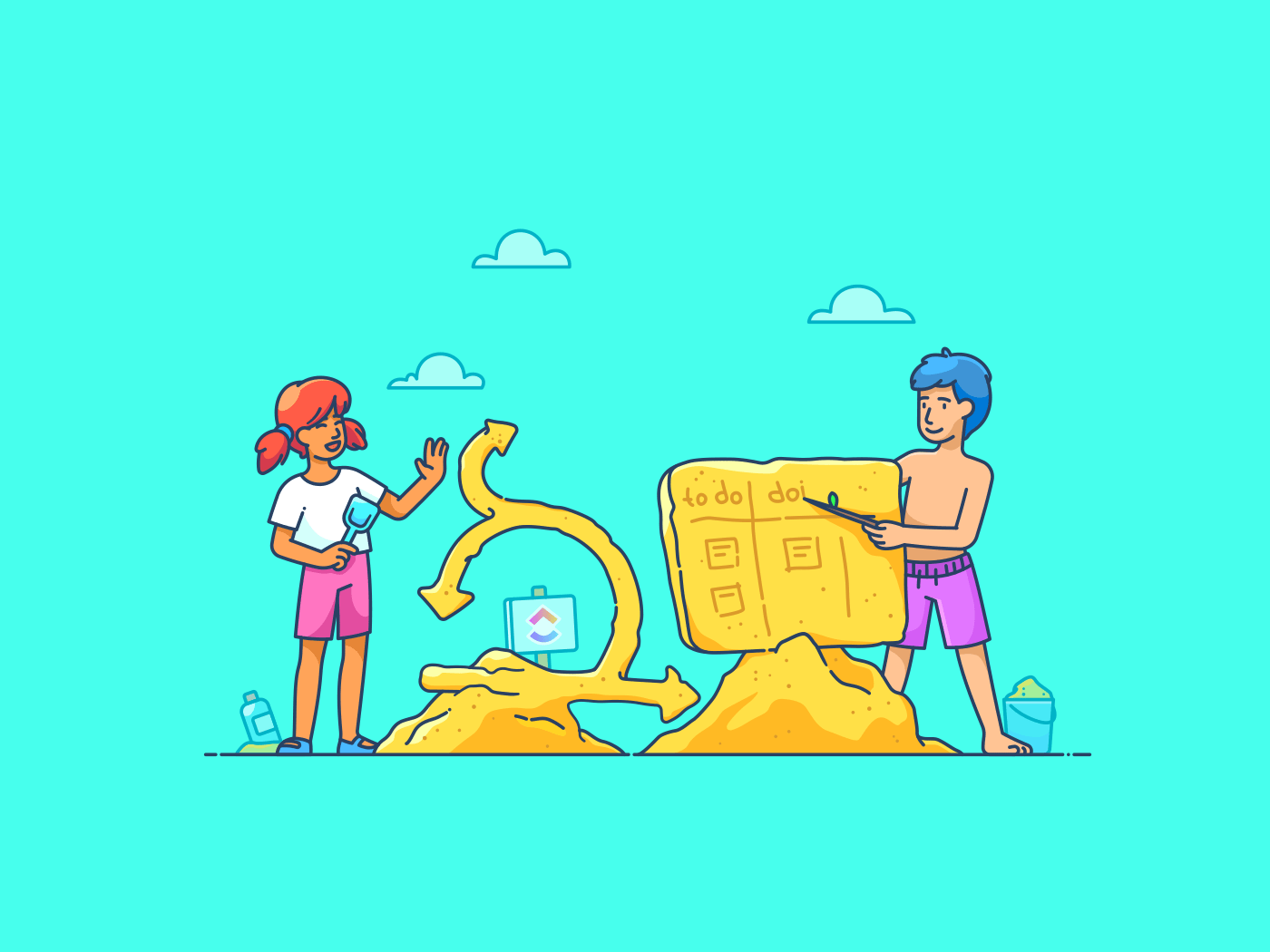
Sorry, there were no results found for “”
Sorry, there were no results found for “”
Sorry, there were no results found for “”
Scrum and Kanban are classic rivals—they share many commonalities, particularly as potent tools within agile project management. However, when looking into their distinctions, they seem more like apples and oranges. 🍎
While Scrum embodies a structured and iterative approach to project management and product development, Kanban revolves around visualizing work, imposing limits on work in progress, and optimizing efficiency. Yet, this merely scratches the surface of their differences.
This article will explore the ongoing debate of Scrum vs. Kanban to identify their ideal use cases. Plus, we’ll introduce a practical Agile project management tool that allows you to experiment with both options seamlessly. 😉
Scrum and Kanban are both iterative work systems that depend on process flows and share the common goal of minimizing waste. Nevertheless, there are several notable distinctions between the two approaches:
| Aspect | Kanban | Scrum |
| Origins | Software development | Lean manufacturing |
| Roles and responsibilities | No predefined roles | Defined roles with Scrum Master and Product Owner |
| Delegation and prioritization | “Pull system” for individual task completion | “Pull system” with the entire batch pulled for each iteration |
| Due dates and delivery timelines | Continuous delivery on an as-needed basis | Sprint-based delivery with set periods for completion and review |
| Productivity measurement | Measures cycle time for project completion | Measures velocity through sprints and features iterative progress tracking |
| Modifications | Allows mid-stream project changes for continuous improvement | Changes are generally not encouraged during sprints |
| Key concepts | Effective and predictable | Transparent and adaptable |
| Best applications | Projects with widely varying priorities | Teams with relatively stable priorities that may not change significantly |
Have you ever wondered how a high-performing team relates to a strategic rugby scrum formation? Meet the Scrum framework, a concept coined by Hirotaka Takeuchi and Ikujiro Nonaka. Don’t worry, it’s not about tackling opponents—rather a game-changer in project management! 🏈
Let’s unravel the exciting world of Scrum, explore its benefits, and discover where it can make a real impact in sprint planning and toward cross-functional teams!
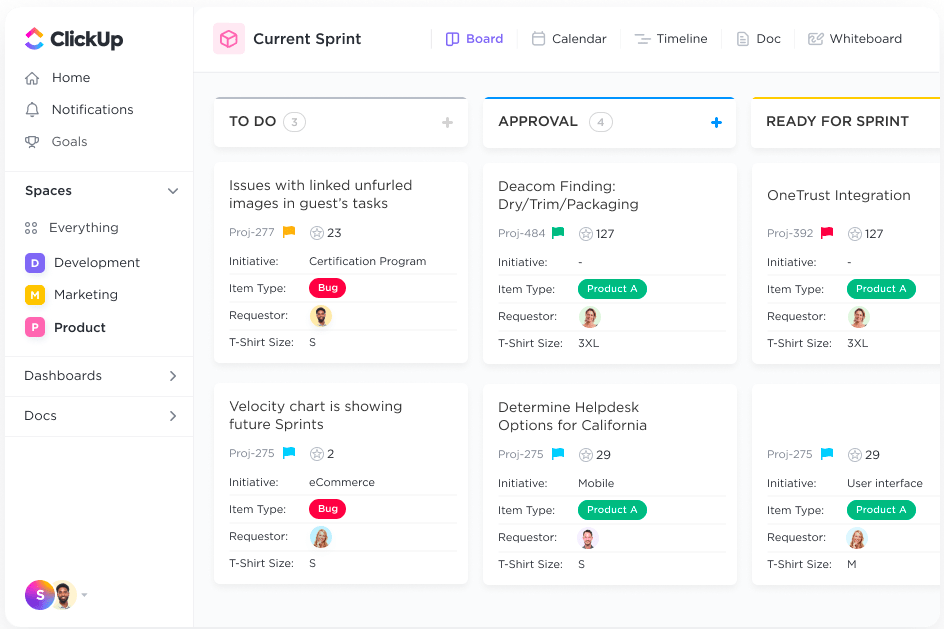
Scrum is a framework within the Agile methodology that provides a set of roles, ceremonies, and artifacts to structure and guide the iterative development process. It’s specifically crafted for complex projects requiring frequent adaptation to changes.
Scrum revolves around short development cycles known as sprints, typically lasting one to four weeks. Scrum teams are often small and self-organized, consisting of a Scrum Master (think dedicated project manager), a product owner, and the product development team. 👥
In line with agile principles, tasks are completed and delivered in stages instead of delivering the entire project in one go. This step-by-step approach allows scrum teams to work from a sprint backlog and enhances their ability to adapt to changes and shift priorities easily.
Three key pillars support Scrum:
Scrum’s core values include focus, courage, respect, commitment, and openness. They support clear and honest communication, fostering a sense of ownership among a design, IT, ops, or development team.
Between the agile frameworks, the benefits of adopting Scrum include:
Scrum is associated with increased productivity, quicker delivery, cost savings, and enhanced product quality. Managers often find it particularly effective for handling complex projects or those prone to frequent modifications.
Using Scrum is great for industries characterized by constant changes or projects that require flexibility to adapt to feedback. This applies especially to industries undergoing frequent technology updates or projects involved in fresh software development. 💻
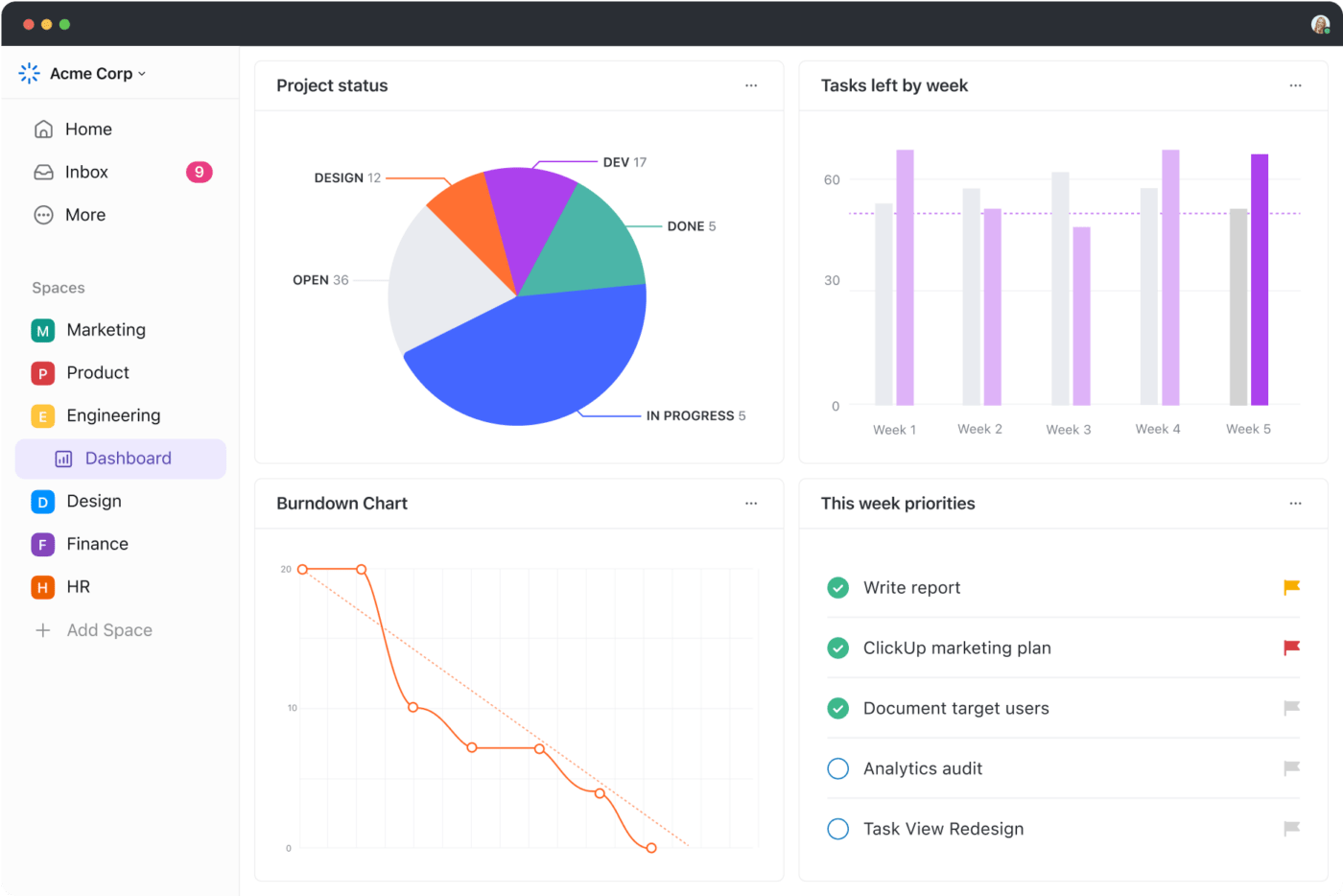
To unlock the full potential of Scrum project management, use ClickUp as a user-friendly all-in-one solution for Scrum and agile teams.
Seize command of the entire product lifecycle, from conception to release, with ClickUp Agile Project Management features. Create product workflows that adjust flexibly to your needs, ensure the team stays updated through tagged comments, and stay informed with timely notifications. 🔔
Automated ClickUp Dashboards provide valuable insights into team progress and capacity, offering a 360° view of your project. Visualize processes on various charts for a clear understanding and visualize your project through features like:
ClickUp Sprints take collaboration to the next level by incorporating essential elements such as sprint dates, priorities, and sprint points. Use burndown charts to monitor performance against a target line and burnup charts to track the completed tasks and the remaining scope of work.
Rely on velocity charts to assess the average completion of tasks and make more accurate estimates for future sprints. Want a multi-timeframe perspective on task progress to help pinpoint bottlenecks? Use cumulative flow diagrams to get the big picture!
You don’t have to start your Agile management journey from square one. Use the ClickUp Agile Scrum Management Template to monitor backlogs, sprints, and retrospectives effortlessly. It supports teams handling intricate projects, and comes with separate folders for Scrum Ceremonies, Backlog, and Springs, as well as a Whiteboard view for visual sprint planning. 📊

Kanban is a powerful project management sidekick! Whether relying on Scrum or any other Agile method, Kanban enhances and simplifies your work. It’s not just about the methodology—it’s about visualizing and optimizing workflow. Let’s dig into its special benefits and best use cases! ⛏️
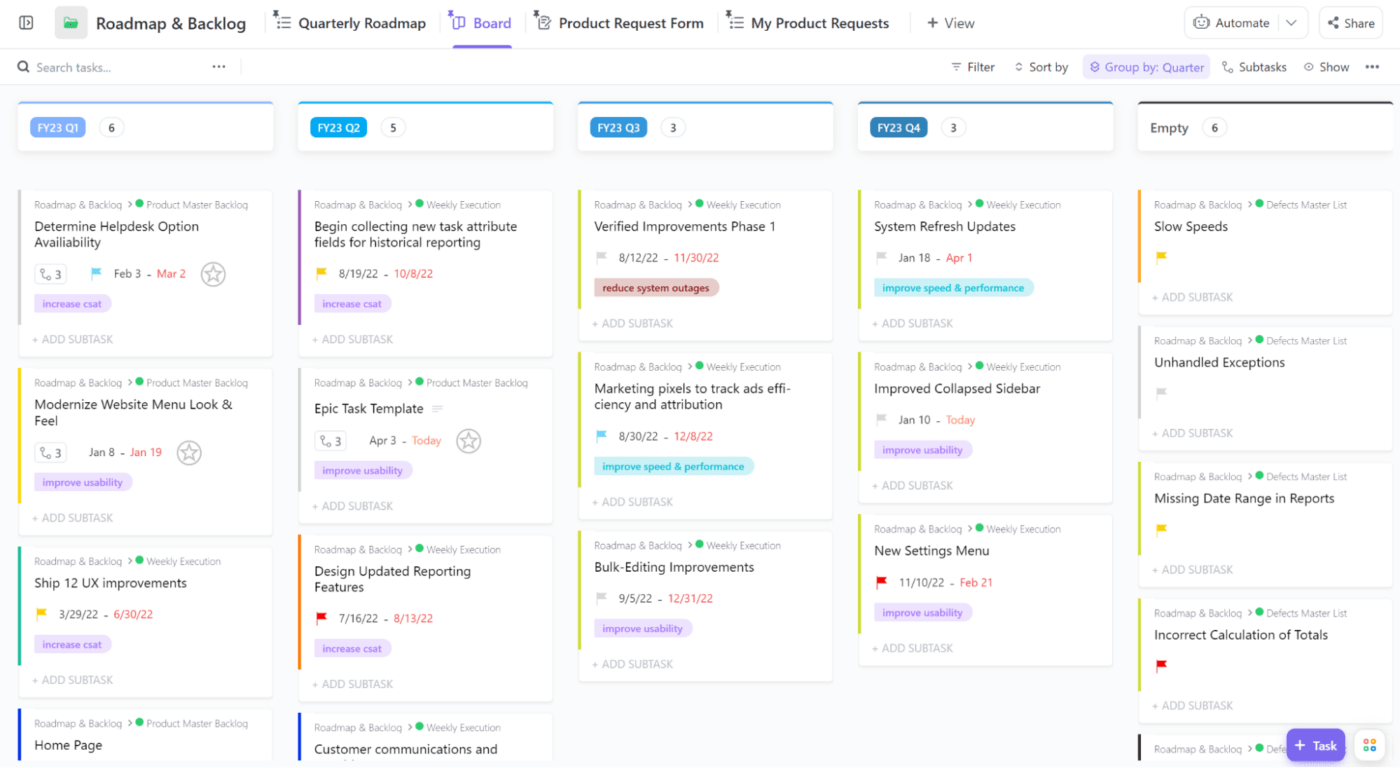
Kanban is a visual project management tool designed to track tasks and enhance overall project efficiency. At its core is a physical or digital Kanban board that categorizes project phases into distinct columns.
Project tasks are represented as sticky notes or Kanban cards on this board, and their movement through columns mirrors the project’s progress.
Visualizing tasks in this way provides real-time insights into team activities, filtered by progress, priorities, due dates, or any other criteria. It’s like having a crystal ball, offering a glimpse into ongoing tasks and allowing you to predict and address potential bottlenecks before they disrupt future progress. 🔮
What makes Kanban even more versatile is the ability to coexist with Agile and Lean methodologies. It frequently pairs with Scrum in a hybrid process called Scrumban, showcasing its adaptability and effectiveness in diverse project management scenarios.
Key advantages of implementing the Kanban method include:
Initially embraced by IT managers and software development teams, Kanban boards have now found widespread adoption across diverse organizations. Particularly favored by teams practicing Lean and Agile methodologies, Kanban boards provide the visibility and transparency essential for achieving business agility. 🤸🏼
Teams engaged in repetitive processes can leverage Kanban boards to bring clarity to their workflows, enhance their processes, and operate with increased efficiency. The adaptability of the Kanban method makes it a valuable tool for Kanban teams across industries seeking to streamline their operations and boost overall effectiveness.

Leverage ClickUp as a free Kanban software solution to visualize your workflows in one place! 🎯
ClickUp Kanban board view transforms your basic lists into interactive task cards, arranging them effortlessly by status, due date, or any criteria you choose. The user-friendly drag-and-drop interface simplifies navigation, enabling you to tweak priorities and statuses easily.
Tailor your board to suit any workflow, whether it involves a sprint, product launch, or multi-stage delivery. Streamline your task updates with the Bulk Action Toolbar, allowing you to add assignees, change statuses, and delete tasks without leaving the Board view.
For those juggling multiple boards, the Everything view provides a centralized snapshot of all your Kanban boards. You can also filter boards by assignees to track who’s handling what for a hawk-eyed approach to project management! 🦅
If the idea of creating boards from scratch feels tedious, leverage the ClickUp Simple Kanban Board Template—a pre-designed layout that you can customize to your needs.
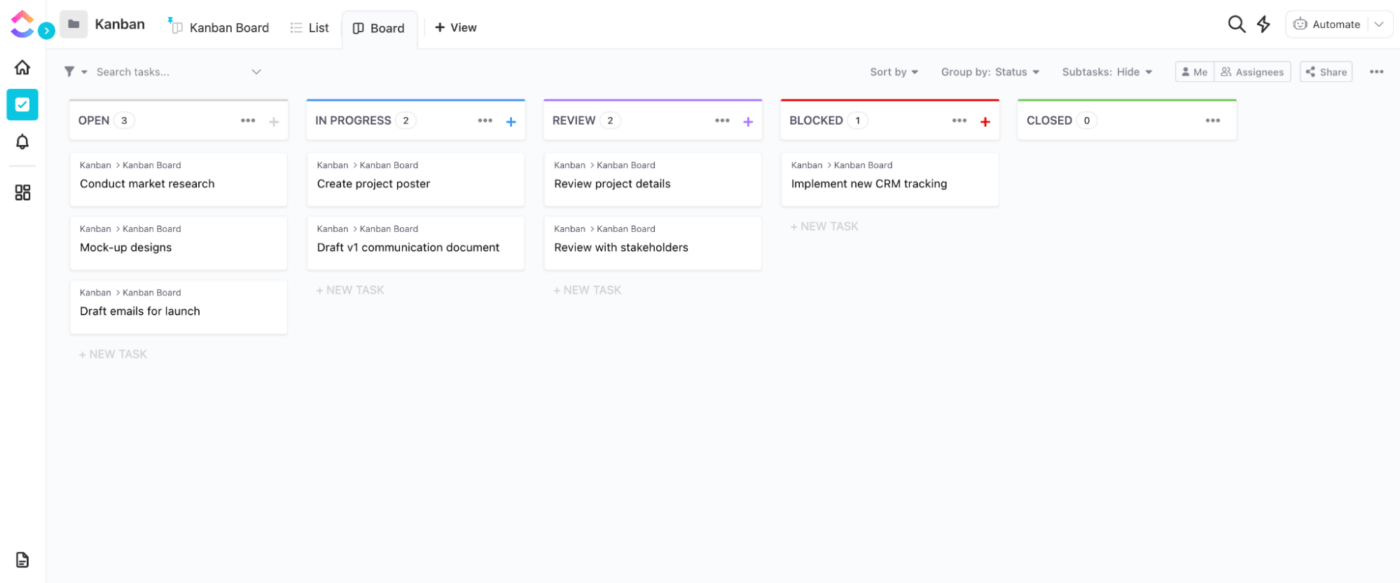
Jumpstart the optimization of your release cycle by employing five statuses to track tasks in progress, completed, or on the to-do list.
Click on the grouping options in the top right corner to display tasks organized by Custom Fields like priority, assignee, or due date. Take advantage of the Multitask Toolbar to efficiently make changes to numerous tasks all at once and elevate the visual appeal of your board by using cover images.
While both have uses in agile project management, Kanban and Scrum differ significantly. Scrum is characterized by its iterative, incremental work approach, offering a highly categorical method for completing tasks.
On the other hand, Kanban works best when utilized alongside Scrum or any other Agile method. Its primary function is to visualize and optimize the flow of work, irrespective of the methodology in play.
To understand their differences better, let’s delve into three key distinctions between Kanban and Scrum. 🔑
In Scrum, planning is an iterative process that occurs at the beginning of each sprint. This process involves a dedicated meeting where the development team, product owner, and Scrum master collaborate to break down user stories into manageable tasks.
After estimating the time needed to complete tasks, the team commits to finishing all items in the upcoming sprint. If there’s a change in priorities later, it requires aborting the current sprint, and the planning process restarts. 🔁
Conversely, planning in Kanban relies on a forecast based on historical workflow data. This approach considers various factors related to the work itself, like work types, size, and classes of service, rather than focusing on the team processing it.
The workflow is continuous, so you can create roadmap columns like This Month or Next Month to represent planned work visually.
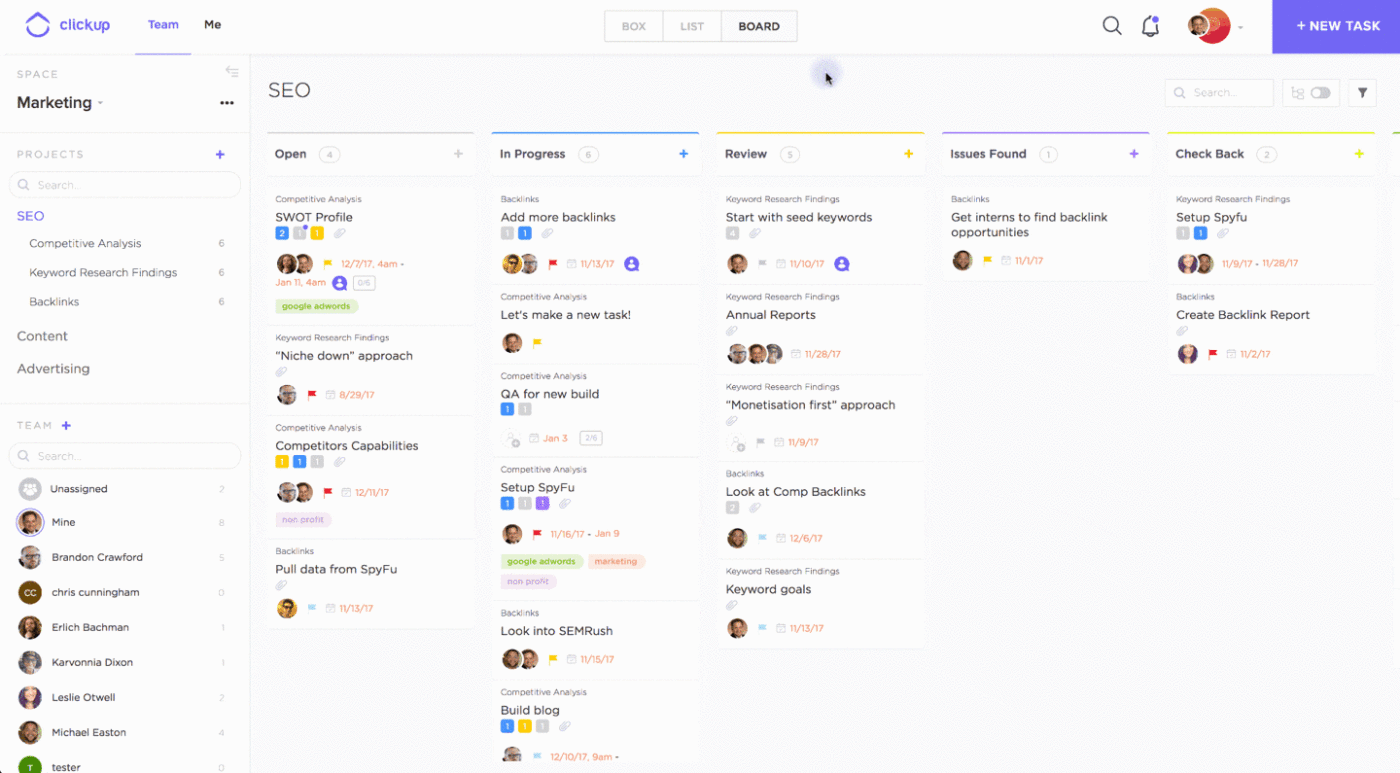
In Kanban, meetings are optional, but if you choose to have them, there are two types: team-level cadences and service-oriented cadences. These meetings help maintain team alignment and a steady workflow. The options include daily meetings, replenishment and commitment meetings, delivery planning, and service delivery reviews, among others. 🤝
On the other hand, in Scrum, a structured approach involves four essential meetings within each sprint cycle, typically lasting up to 8 hours if the cycle is a month. These include:
These meetings ensure thorough planning, daily progress updates, review sessions, and reflective retrospectives for continuous improvement.
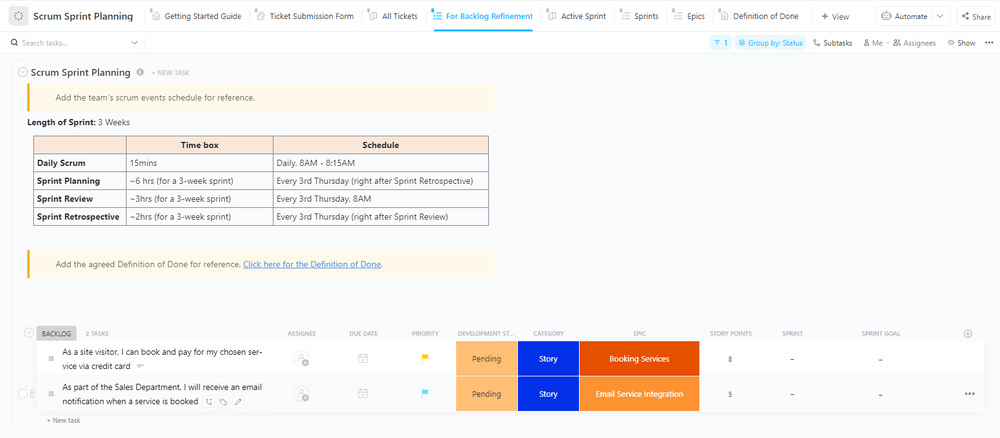
Scrum boards serve as extensions of the product backlog. As the team commits to a specific amount of work, it’s added to the Scrum backlog on the board, and then the team begins working on tasks at their discretion. The objective is to complete all tasks by the end of the sprint, leading to a logical board reset after each iteration.
Conversely, the Kanban board is a continuous map of the team’s process. When constructing it, the aim is to establish a sustainable Kanban system built for the long haul. A well-structured Kanban board incorporates visual Work-in-Progress (WIP) limits.
The primary goal is to regulate the amount of work entering and leaving the process, enhancing delivery speed. ⚡
Deciding between the Kanban and Scrum frameworks is a choice influenced by personal preferences or project needs. If you’re unsure which to pick, consider using ClickUp to experiment with both frameworks. 👩🏻🔬
To simplify your decision-making process, ask yourself the following questions:
Overall, opt for Kanban if you seek project flexibility and value visualizing workflows through metrics. Choose Scrum if your project involves intensive team collaboration, rapid feedback, and a commitment to continuous project dedication.
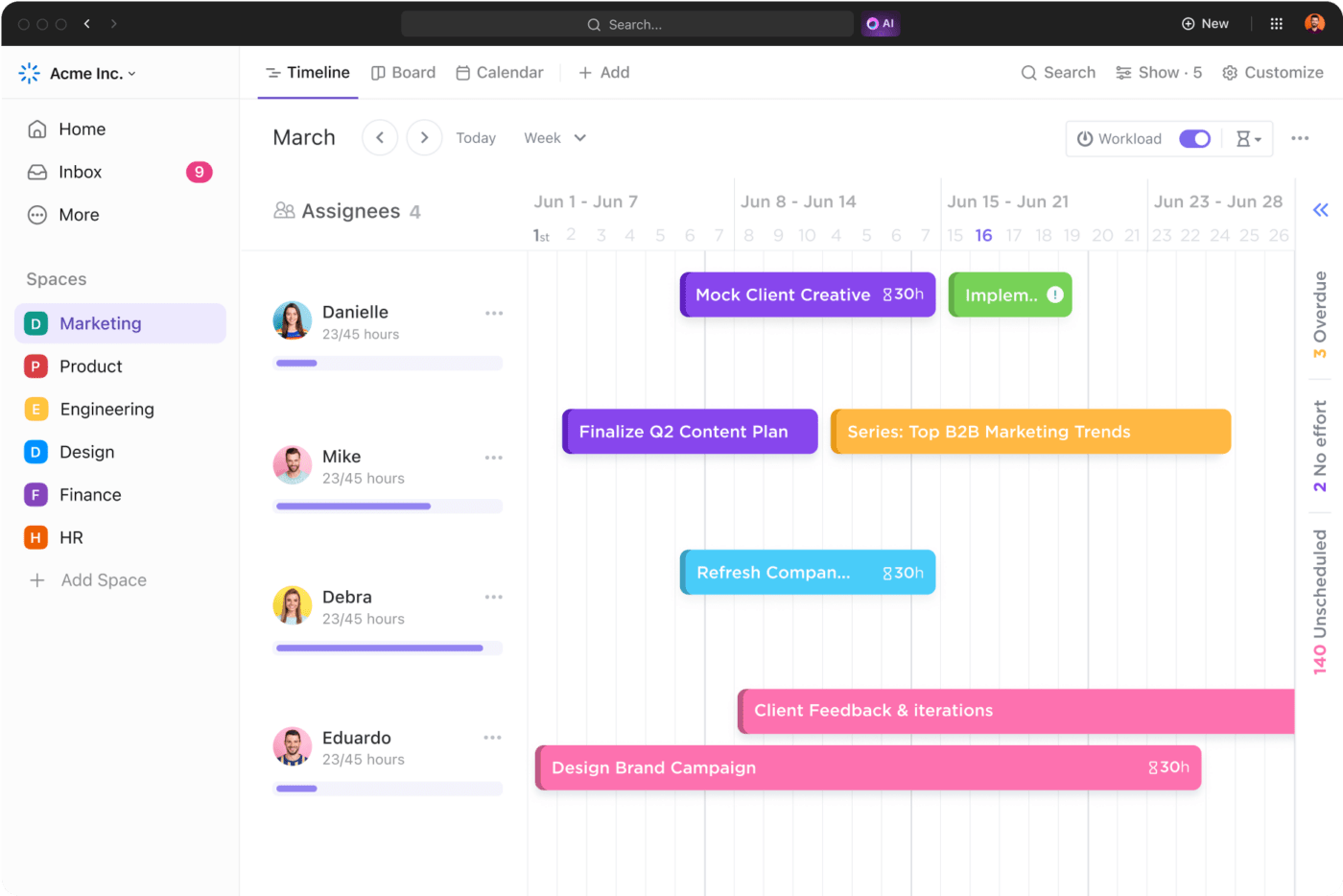
If you still find it hard to decide, why not combine them?
Scrumban harnesses Scrum’s structured processes alongside Kanban’s visualization tools. For teams already acquainted with either Scrum or Kanban, Scrumban, or a Scrum board, provides a seamless way to integrate aspects of the other methodology into their processes.
Deciding between Scrum and Kanban is like choosing between Pepsi and Coke—both come with their distinct strengths. Like die-hard fans of these soda giants, project teams passionately swear by either Scrum’s rapid software development or Kanban’s streamlined workflows.
Just as the perfect soda deserves a fitting glass, ClickUp is your go-to for agile project management. With its robust features, including agile and Kanban board templates, sprints, and charts, ClickUp transforms project management into a refreshing experience.
Why not take a sip of success and try ClickUp for free? With a single hub to manage your projects, you’ll find that it’s the perfect blend of Scrum or Kanban capabilities. 👌
© 2025 ClickUp